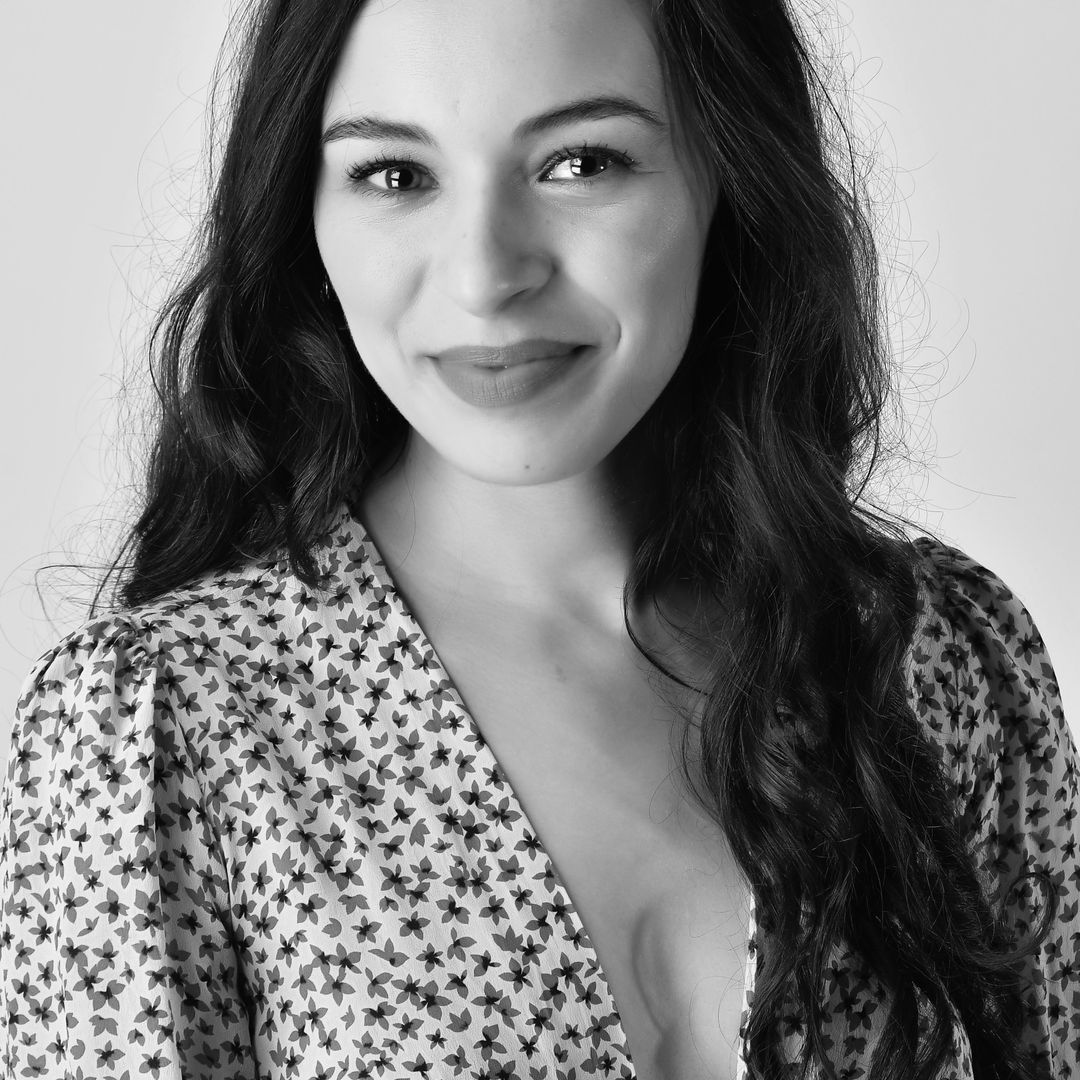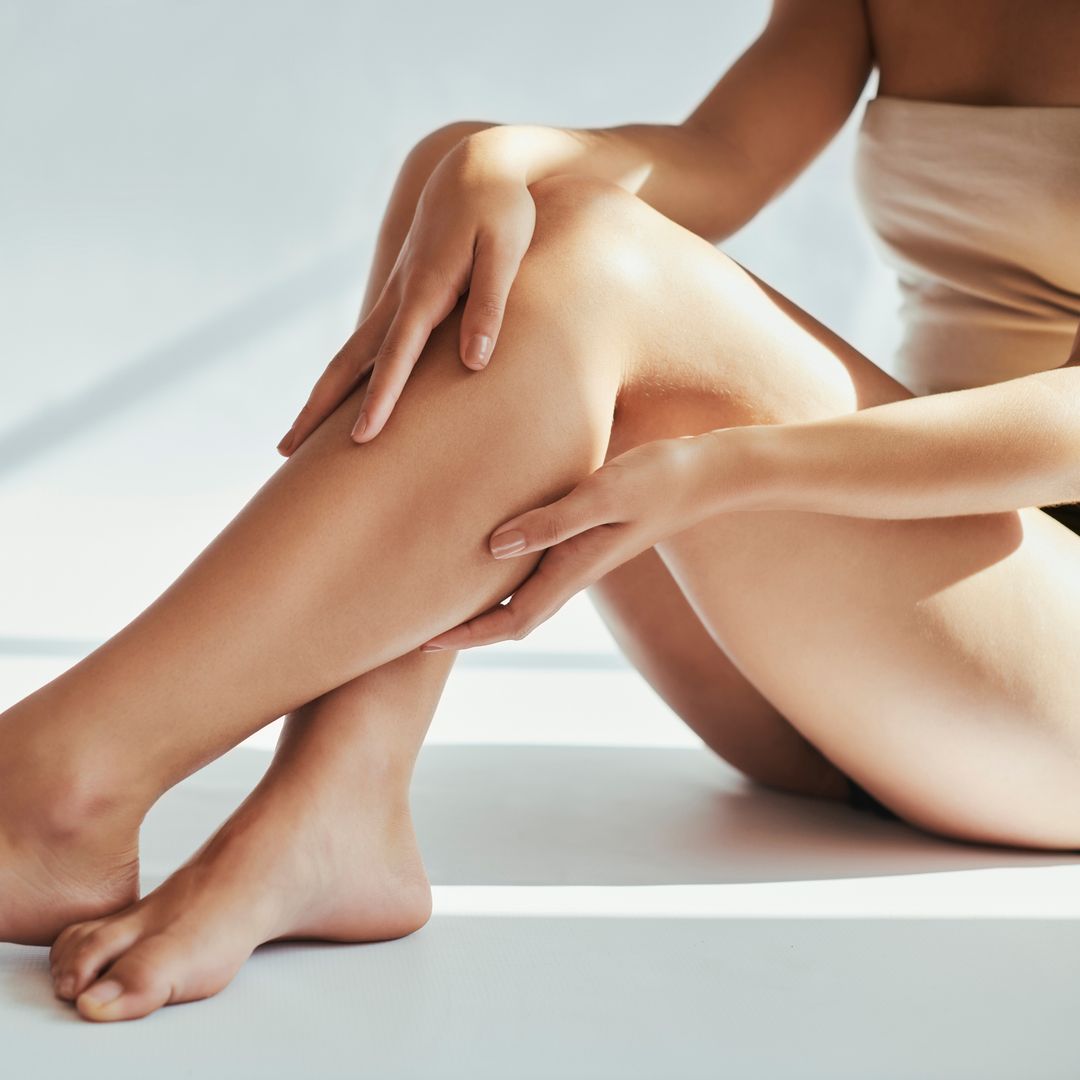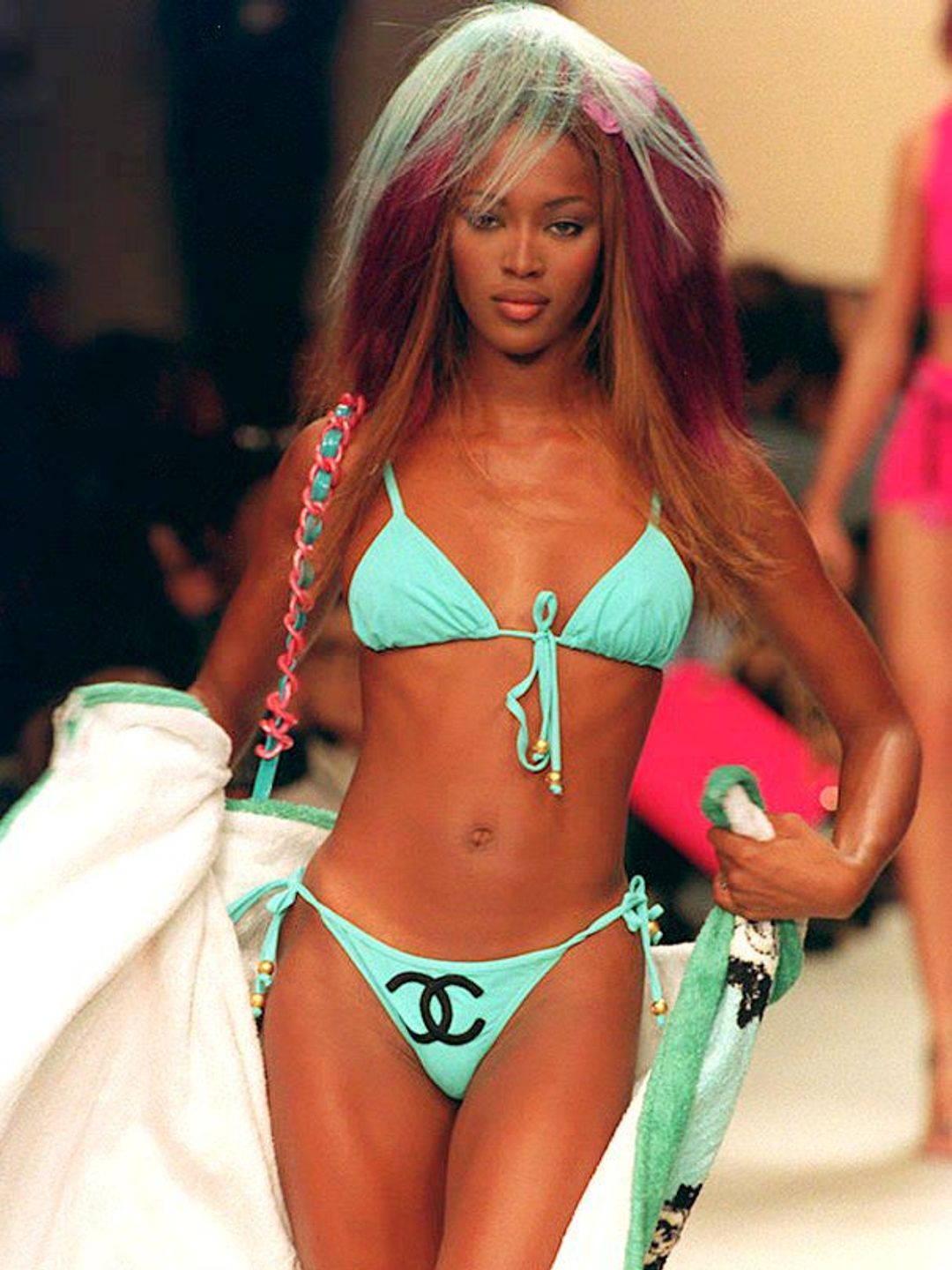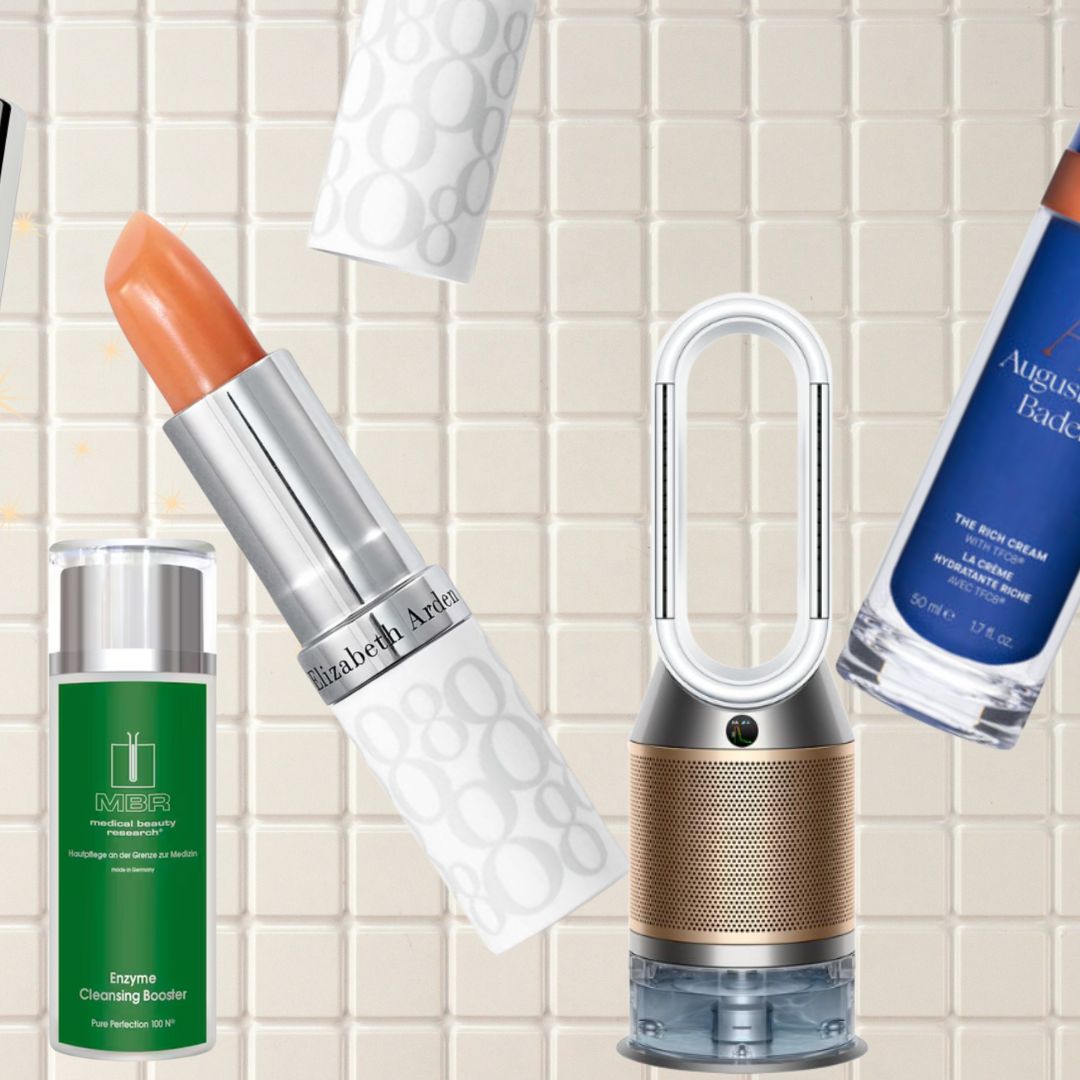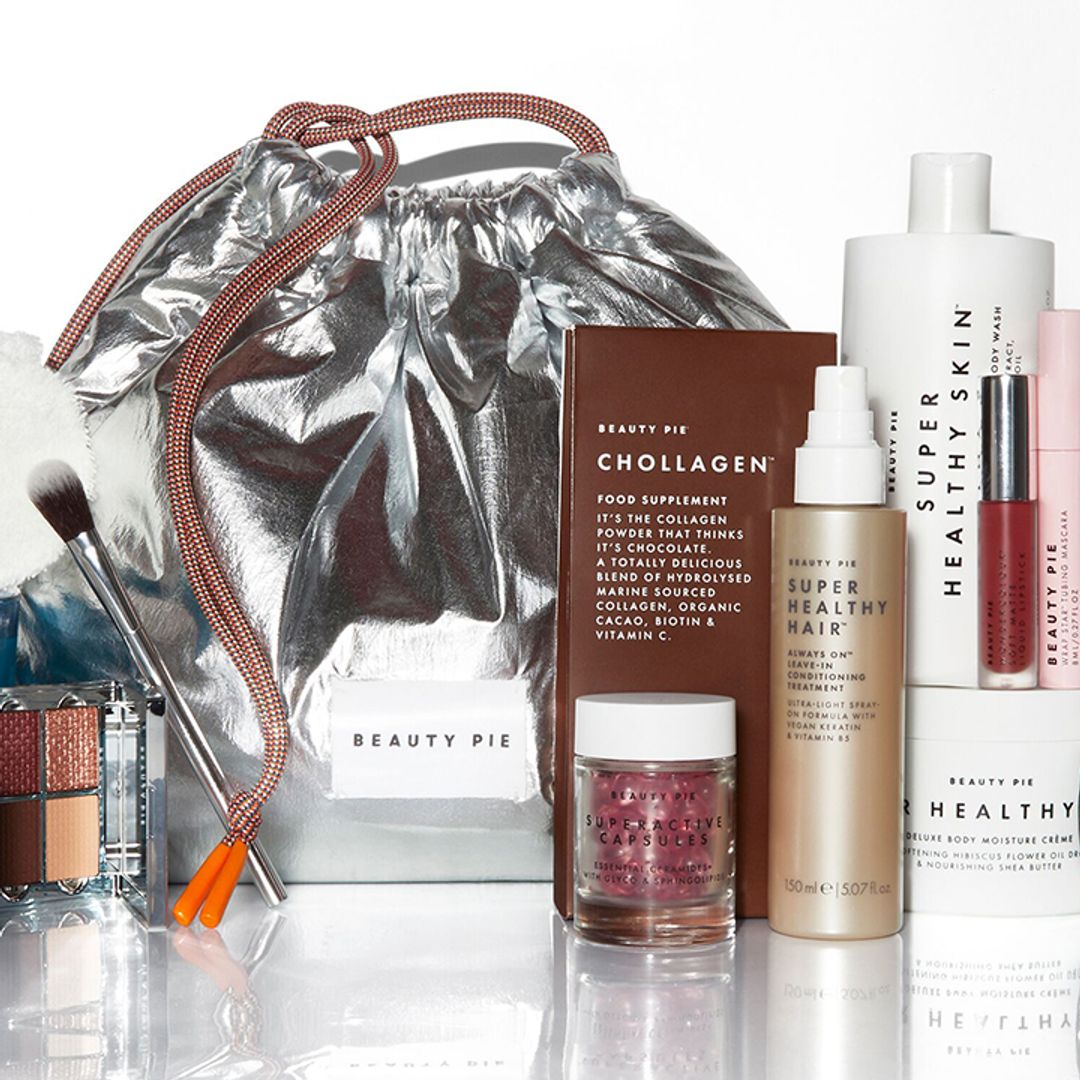Bikini season is within touching distance, and for many that means looking forward to a hard-earned getaway and re-entering the realm of hair removal.
Attitudes towards body hair are constantly fluctuating, and if you're an au naturel advocate, all power to you. But another popular grooming choice among those wanting to minimise upkeep is laser hair removal.
What is laser hair removal?
The appeal of silky smooth, hairless skin pretty much speaks for itself. It pays to be bikini-ready at the drop of a hat, especially given how cheaper, more short-term depilatory methods can cause irritation.
The treatment involves a powerful laser (not to be conflated with IPL) being targeted at the melanin in the hair. This energy travels down the hair shaft until it reaches the follicle, intentionally damaging it. At its core, is a process called selective photothermolysis - essentially, using a combination of light and heat to destroy tissue in a specific area. Laser and IPL (Intense Pulsed Light) work in a similar way, but the former uses a more specific type of light wavelength, and is therefore more concentrated and effective than the latter.
"Hair growth occurs in four stages: Early Anagen (early hair growth), Anagen (active hair growth), Catagen (regression) and Telogen (resting, not growing). Hair removal only affects the Anagen stage – approximately 20% of hair is removed with each treatment. A few treatments are therefore required for the treatment area to be hair free," explains skin expert and celebrity facialist Nicola Russell.
Who is it most suitable for?
The treatment cannot be guaranteed to work the same way on everyone, but as a general rule it works "best on lighter skin with dark hair", according to Nicola. In the past, laser was not recommended for those with darker skin tones as the risk of burning was greater. However, the technology has evolved so that now certain lasers can absolutely be used to treat those with darker skin, and it's even looking "promising to achieve results on light hair".
What do you need to know before getting it done?
Sadly, the treatment is no miracle remedy, and it is not actually 100% permanent, like most might expect. "As hair growth can be stimulated by hormonal changes, medication and other such external factors, it is always possible for new hair follicles to be stimulated, resulting in new hair growth," Nicola explains. For the best results, you need to have regular laser sessions.
MORE: The glow guide: how to fake tan the right way according to an expert
READ: Everything you need to know about dry body brushing
How should you prepare for your appointment?
It's recommended that you stop waxing, threading or plucking for at least six weeks before your first treatment. "The hair needs to be in a certain growth stage for effective treatment and so this is very important," Nicola says. If you do remove the hair by force, it is completely removed from the follicle and disrupts the hair growth system needed for effective permanent hair removal. Note that shaving is perfectly fine in between treatments.
"Be free from fake tan and avoid being in the sun up to 72 hours before a treatment (and having a tan up to four weeks prior) to avoid too much heat in the area - the treatment will not be possible if there is any sunburn present."
Is it painful?
Naturally, this depends on your personal pain threshold, it's difficult to predict how different people will experience it. "It's not exactly 'pain free'," Nicola says. "I prefer to say it causes some discomfort and certain areas are more uncomfortable than others."
Aftercare
- Avoid sun exposure for a week after the treatment, as well as excessive heat for 24 – 48 hours (such as hot showers, baths and saunas).
- Do not wax, thread, or pluck the hair but you can continue to shave between sessions.
- Avoid shaving or exfoliating for 48-72 hours after the session, this will allow the skin to recuperate properly from the treatment.
How long will it take before you see results?
"Hair reduction will begin after your first session; however, it will become noticeable after your third one," Nicola advises. "Hair follicles that have been destroyed by the machine will not regrow, however a few hairs with growth cycles that did not match your treatment sessions may reappear and these are easily treated in short single sessions if you are lucky enough to catch them at the correct stage."
"As hair growth can be stimulated by hormonal changes, medication and other external factors, it is always possible for new hair follicles to be stimulated, resulting in new hair growth. The number of sessions required to see a good result will vary from person to person depending on the factors affecting their hair growth, but it's not unusual to expect to need anything from a couple of maintenance sessions per year, to every two years."
Like this story? Sign up to our Hello! Fashion newsletter to get your weekly 'Fashion Fix' delivered straight to your inbox.

